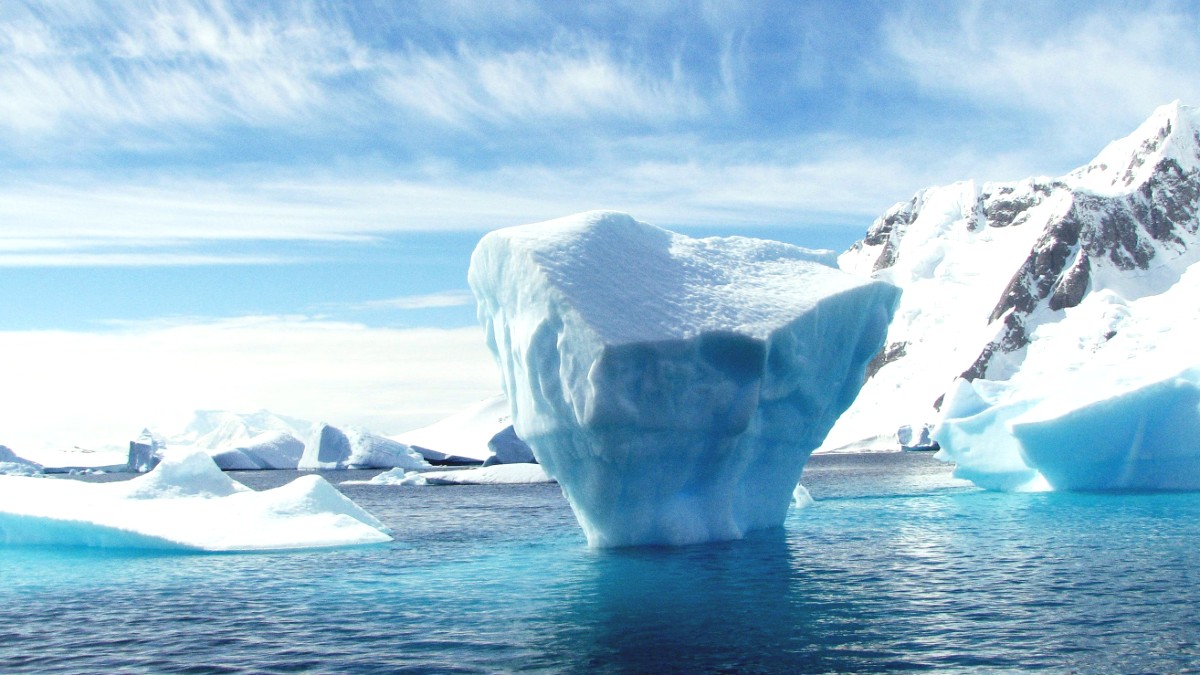
Public transportation systems do not exist in Antarctica. The continent operates solely as a scientific preserve and a managed tourism destination. There are no cities, towns, or civilian infrastructure that would call for buses, metros, or trams.
Movement on the continent is strictly regulated and controlled by expedition operators adhering to the Antarctic Treaty System and IAATO guidelines.
Absence of roads means no need for traditional transport.
No civilian infrastructure for public transit.
Continent functions as a research area only.
Avoid approaching animals too closely.
Do not trample mosses or lichens.
Avoid disturbing preserved historical sites.
Stay within areas defined by expedition staff.
Movement within Antarctica relies on the specialized equipment of your expedition ship. These tools foster safe and close-up experiences with the unique environment.
Guides are always present during shore landings.
Listen carefully to all safety instructions.
Adhere to rules to protect wildlife and habitat.
In Antarctica, your ship and Zodiacs are your world. Landings are closely managed to maintain the continent's pristine nature.
Maintain distance from animals and do not feed them.
Observe from a distance.
Carry out all waste and do not leave anything behind.
Pack it in, pack it out.
Adhere to all instructions from IAATO and expedition staff.
Compliance is .
A journey to Antarctica offers a profound connection with the planet's wildest, most pristine environment. Planning and adherence to guidelines make for a successful and memorable expedition.
Strict adherence to environmental and safety rules.
A journey of discovery, not a typical holiday.
Prepare for unpredictable weather and extraordinary wildlife.
Always listen to your expedition guides during shore landings. They provide instructions for your safety and for protecting the Antarctic environment.
Consider travel insurance providers like World Nomads, SafetyWing, or Insubuy, ensuring coverage for remote locations and emergency evacuation.